Home>Furniture & Design>Bathroom Accessories>What Toothbrush Is Best For Braces
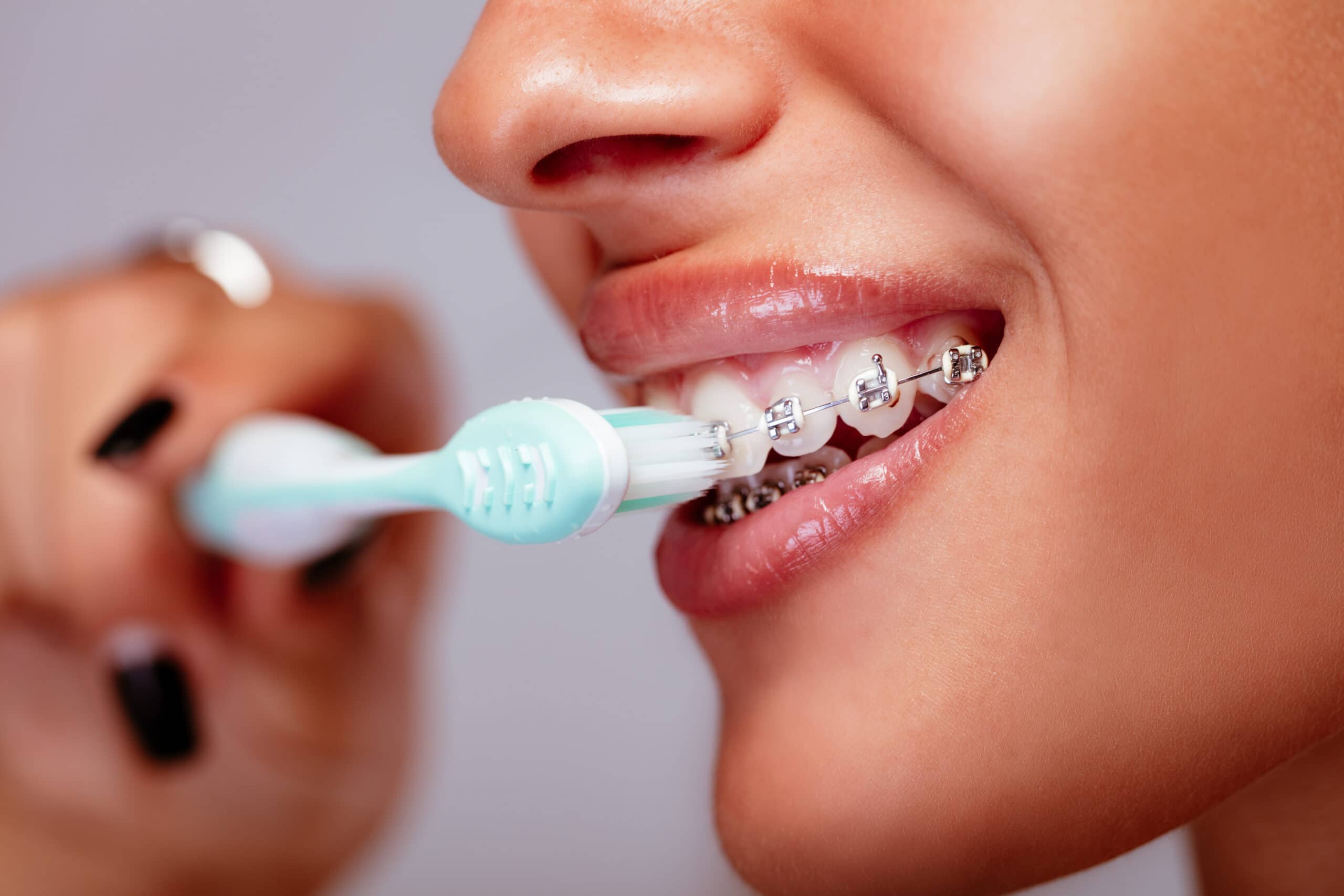

Bathroom Accessories
What Toothbrush Is Best For Braces
Modified: October 18, 2024
Discover the best toothbrush for braces and other essential bathroom accessories to keep your oral hygiene in top shape. Explore our top recommendations for bathroom accessories.
(Many of the links in this article redirect to a specific reviewed product. Your purchase of these products through affiliate links helps to generate commission for Storables.com, at no extra cost. Learn more)
Introduction
When it comes to maintaining oral hygiene, using the right toothbrush is crucial, especially for individuals with braces. Proper dental care is essential for preventing plaque buildup and maintaining healthy gums and teeth. However, navigating the myriad of toothbrush options can be overwhelming, leaving many people wondering, "What toothbrush is best for braces?"
In this comprehensive guide, we will explore the various types of toothbrushes, including manual and electric options, and provide valuable insights into the best practices for individuals with braces. By the end of this article, you will have a clear understanding of the most suitable toothbrush for your specific needs, ensuring that your oral hygiene routine remains effective and hassle-free.
Let's delve into the world of toothbrushes and discover the best options for maintaining a healthy and radiant smile, even with braces.
Key Takeaways:
- Choose a toothbrush with soft bristles, small head size, and ergonomic handle for braces. Proper technique and regular maintenance are key for effective oral hygiene.
- Electric toothbrushes with oscillating heads, pressure sensors, and rechargeable batteries offer efficient cleaning for braces. Consider bristle softness and access for optimal care.
Read more: Which Electric Toothbrush Is Best For Braces
Manual Toothbrushes
When it comes to choosing a manual toothbrush for individuals with braces, there are several factors to consider. Manual toothbrushes come in a variety of bristle types, head sizes, and bristle patterns, making it essential to select the most suitable option for effective cleaning without causing damage to the braces or gums.
Bristle Type
The bristle type of a manual toothbrush plays a significant role in its effectiveness for individuals with braces. Soft bristles are generally recommended as they are gentle on the gums and less likely to cause irritation or damage to the braces. Soft bristles can effectively remove plaque and food particles without exerting excessive pressure on the braces, ensuring thorough cleaning without compromising oral health.
Head Size and Bristle Pattern
For individuals with braces, a manual toothbrush with a smaller head size is preferable, as it allows for better maneuverability and access to hard-to-reach areas around the braces. Additionally, a toothbrush with a compact head size can provide more precise cleaning, ensuring that all surfaces of the teeth and braces are thoroughly brushed. Bristle patterns, such as crisscross or angled bristles, can also contribute to effective plaque removal and gentle cleaning around the braces.
Handle Design
The design of the toothbrush handle is another important consideration for individuals with braces. A manual toothbrush with a non-slip and ergonomic handle can offer better control and comfort during brushing, especially when navigating around the brackets and wires of the braces. A comfortable handle design can make the brushing experience more manageable and encourage consistent oral hygiene practices.
Proper Technique
Regardless of the type of manual toothbrush chosen, using the correct brushing technique is essential for individuals with braces. It is recommended to angle the bristles towards the gum line and gently brush in small circular motions, ensuring that all surfaces of the teeth and braces are thoroughly cleaned. Paying attention to detail and dedicating ample time to brushing can significantly contribute to maintaining optimal oral hygiene during orthodontic treatment.
In summary, when selecting a manual toothbrush for individuals with braces, prioritizing soft bristles, a smaller head size, and an ergonomic handle can enhance the overall brushing experience and promote effective plaque removal without causing discomfort or damage to the braces. By incorporating the right manual toothbrush and employing proper brushing techniques, individuals with braces can maintain excellent oral hygiene and contribute to the success of their orthodontic treatment.
Electric Toothbrushes
Electric toothbrushes have gained popularity for their advanced features and ability to provide thorough and efficient cleaning, making them a compelling option for individuals with braces. When considering electric toothbrushes for orthodontic care, several key factors come into play, influencing their suitability and effectiveness in maintaining oral hygiene during orthodontic treatment.
Oscillating or Rotating Technology
Many electric toothbrushes are equipped with oscillating or rotating brush heads, which can be particularly beneficial for individuals with braces. The oscillating or rotating motion of the brush head facilitates the removal of plaque and food particles from the surfaces of the teeth and braces, ensuring comprehensive cleaning without excessive manual effort. This technology can effectively navigate around the brackets and wires, targeting hard-to-reach areas and minimizing the risk of plaque accumulation.
Pressure Sensors and Timers
Some electric toothbrush models feature pressure sensors and built-in timers, offering valuable assistance to individuals with braces. Pressure sensors can alert users when they are applying excessive force during brushing, helping to prevent potential damage to the braces and sensitive gum tissue. Additionally, timers can encourage thorough brushing by ensuring that the recommended duration of brushing is met, promoting consistent and effective oral hygiene practices.
Interchangeable Brush Heads
The option for interchangeable brush heads is another advantageous feature of electric toothbrushes for individuals with braces. Interchangeable brush heads allow users to customize their brushing experience based on their specific needs, such as opting for softer bristles or specialized orthodontic brush heads designed to navigate around braces. This versatility enables individuals with braces to adapt their electric toothbrush to accommodate the unique challenges associated with orthodontic appliances.
Rechargeable Batteries and Travel-Friendly Designs
Many electric toothbrushes are powered by rechargeable batteries, offering convenience and cost-effectiveness in the long run. The ability to recharge the toothbrush eliminates the need for frequent battery replacements, making it a sustainable and practical choice for daily oral care. Additionally, compact and travel-friendly designs make electric toothbrushes suitable for individuals with braces who are on the go, ensuring that their oral hygiene routine remains consistent, even during travel or outdoor activities.
In summary, electric toothbrushes equipped with oscillating or rotating technology, pressure sensors, timers, interchangeable brush heads, and rechargeable batteries offer compelling advantages for individuals with braces. These advanced features contribute to efficient plaque removal, gentle cleaning around orthodontic appliances, and enhanced user experience, ultimately supporting optimal oral hygiene during orthodontic treatment. By leveraging the benefits of electric toothbrushes, individuals with braces can elevate their oral care routine and maintain a healthy, radiant smile throughout their orthodontic journey.
Considerations for Braces
When it comes to selecting the most suitable toothbrush for individuals with braces, specific considerations tailored to the unique challenges of orthodontic treatment are essential. Braces introduce additional complexities to oral hygiene, requiring careful attention to ensure effective cleaning while safeguarding the integrity of the orthodontic appliances and oral tissues.
Bristle Softness and Flexibility
The bristle softness and flexibility of a toothbrush are paramount considerations for individuals with braces. Soft and flexible bristles are gentle on the gums and less likely to cause irritation or damage to the braces. When navigating around the brackets and wires, soft bristles can effectively remove plaque and food particles without exerting excessive pressure, promoting thorough cleaning while minimizing discomfort and potential complications.
Access and Maneuverability
The ability to access and maneuver around the braces is crucial for effective oral hygiene. For individuals with braces, a toothbrush with a smaller head size and compact design is advantageous, as it facilitates better reach and maneuverability around the orthodontic appliances. Additionally, angled or specialized orthodontic brush heads can enhance access to difficult-to-reach areas, ensuring comprehensive cleaning and minimizing the risk of plaque accumulation in areas obscured by the braces.
Gentle yet Thorough Cleaning
Maintaining a balance between gentle yet thorough cleaning is essential for individuals with braces. The toothbrush should be capable of effectively removing plaque and food debris from the surfaces of the teeth and braces without causing discomfort or damage. Employing proper brushing techniques, such as gentle circular motions and targeted cleaning around the brackets, can contribute to thorough plaque removal while preserving the integrity of the braces and surrounding oral tissues.
Orthodontic Brush Heads and Interchangeability
Some toothbrush models offer specialized orthodontic brush heads designed to cater to the unique cleaning needs associated with braces. These orthodontic brush heads are tailored to navigate around the brackets and wires, optimizing cleaning efficacy and promoting oral health during orthodontic treatment. The option for interchangeable brush heads further enhances adaptability, allowing individuals with braces to customize their toothbrush based on their specific requirements and preferences.
Regular Maintenance and Replacement
Proper maintenance and timely replacement of toothbrushes are crucial considerations for individuals with braces. The wear and tear associated with brushing around braces may necessitate more frequent replacement of toothbrushes to ensure optimal cleaning performance. Additionally, regular inspection of the toothbrush bristles and overall condition is essential to identify signs of wear and maintain effective oral hygiene practices throughout orthodontic treatment.
In summary, selecting the most suitable toothbrush for individuals with braces involves careful consideration of bristle softness, access and maneuverability, gentle yet thorough cleaning, orthodontic brush heads, interchangeability, and regular maintenance. By addressing these considerations, individuals with braces can optimize their oral hygiene routine, mitigate potential challenges associated with orthodontic appliances, and contribute to the overall success of their orthodontic treatment.
Read more: What Is The Best Toothbrush
Conclusion
In conclusion, the quest for the best toothbrush for individuals with braces encompasses a thoughtful evaluation of various factors to ensure optimal oral hygiene and the preservation of orthodontic appliances. Whether considering manual or electric toothbrushes, the overarching goal remains consistent: to facilitate effective plaque removal, maintain oral health, and support the success of orthodontic treatment.
Manual toothbrushes, with their diverse bristle types, head sizes, and handle designs, offer a customizable approach to oral care for individuals with braces. The emphasis on soft bristles, smaller head sizes, and ergonomic handles underscores the importance of gentle yet thorough cleaning, aligning with the specific needs of orthodontic patients. By adhering to proper brushing techniques and leveraging the features of manual toothbrushes, individuals with braces can navigate their oral hygiene routine with confidence and precision.
On the other hand, electric toothbrushes present a compelling option for individuals with braces, integrating advanced technologies such as oscillating brush heads, pressure sensors, and interchangeable brush heads. These features cater to the unique challenges posed by orthodontic appliances, promoting efficient plaque removal, enhanced maneuverability, and user-friendly experiences. The convenience of rechargeable batteries and travel-friendly designs further accentuates the suitability of electric toothbrushes for individuals undergoing orthodontic treatment.
When considering the specific considerations for braces, such as bristle softness, access and maneuverability, and the availability of orthodontic brush heads, the importance of tailored oral care becomes evident. By addressing these considerations, individuals with braces can navigate their oral hygiene routine with confidence, ensuring thorough cleaning while safeguarding the integrity of their braces and oral tissues.
In essence, the journey to finding the best toothbrush for braces is a personalized exploration, guided by the principles of gentle yet effective cleaning, adaptability to orthodontic challenges, and a commitment to maintaining optimal oral health. By embracing the insights shared in this guide and tailoring their toothbrush selection to align with their unique needs, individuals with braces can embark on a path of comprehensive oral care, contributing to the overall success of their orthodontic journey and nurturing a healthy, radiant smile.
Frequently Asked Questions about What Toothbrush Is Best For Braces
Was this page helpful?
At Storables.com, we guarantee accurate and reliable information. Our content, validated by Expert Board Contributors, is crafted following stringent Editorial Policies. We're committed to providing you with well-researched, expert-backed insights for all your informational needs.
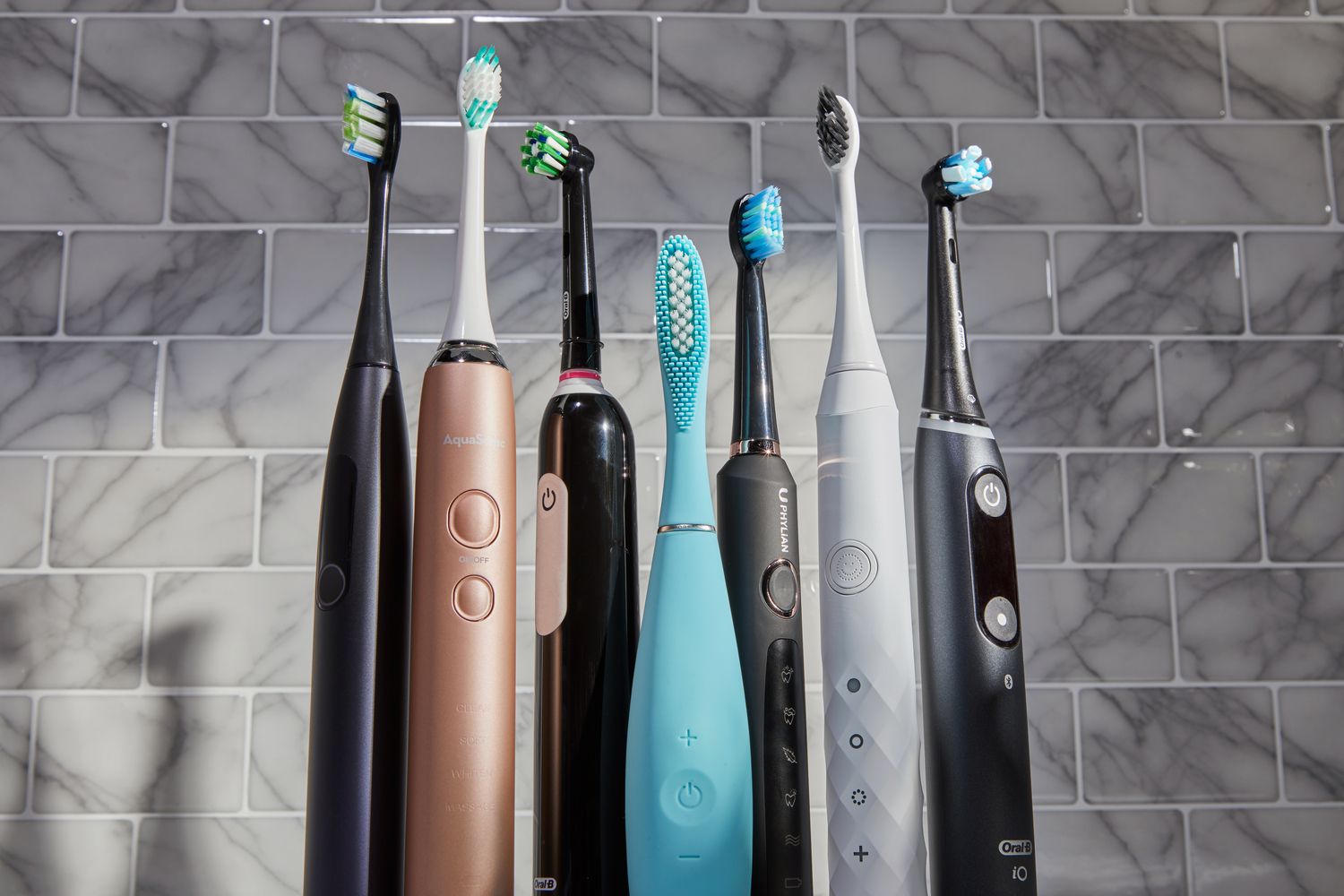
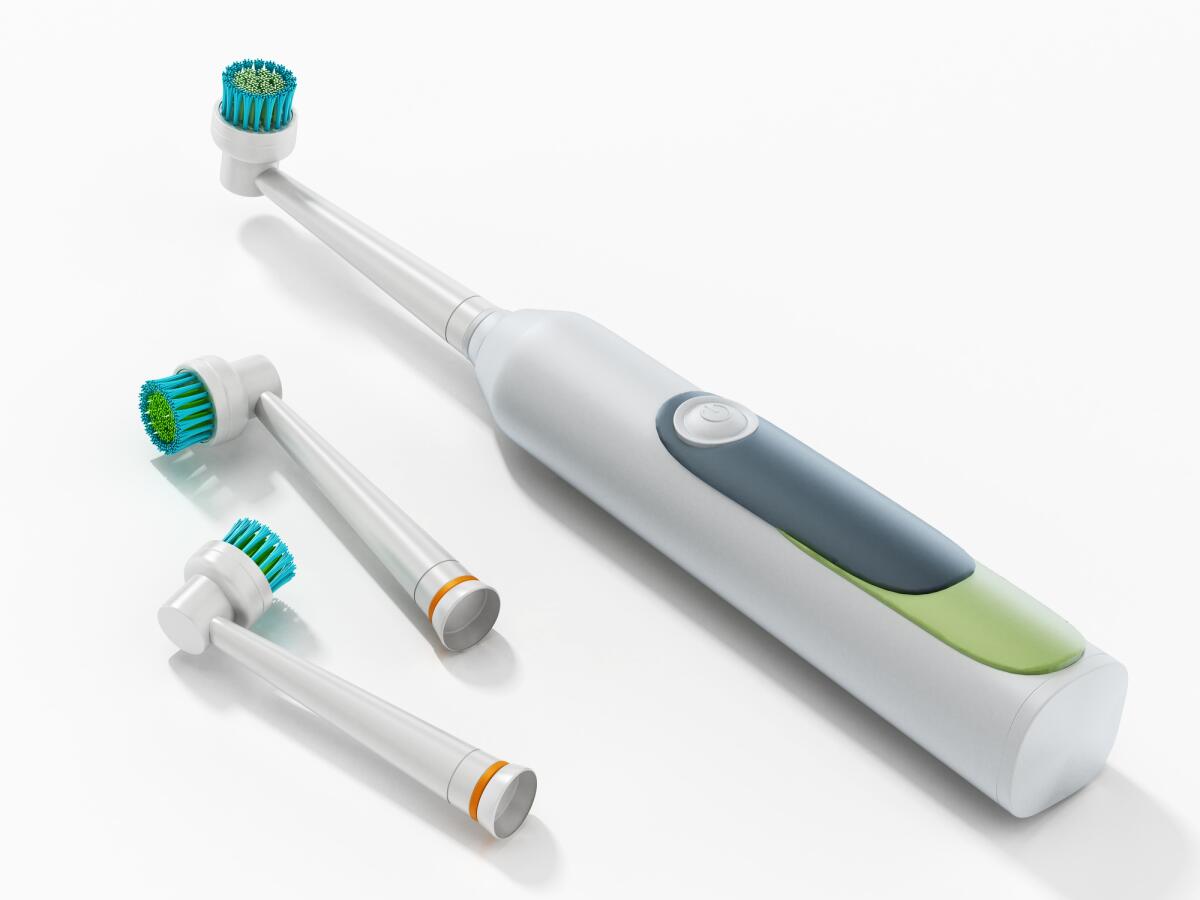
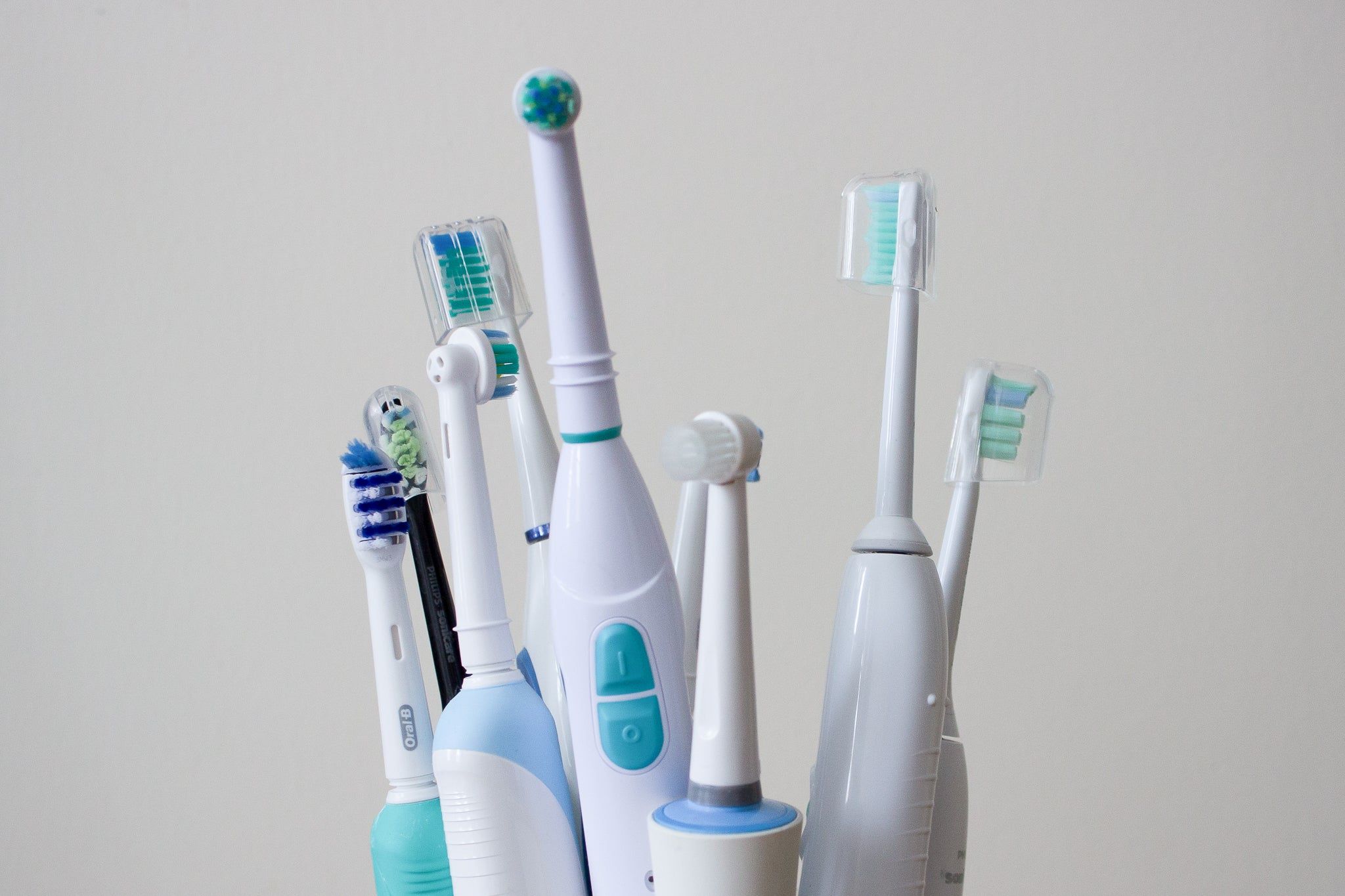
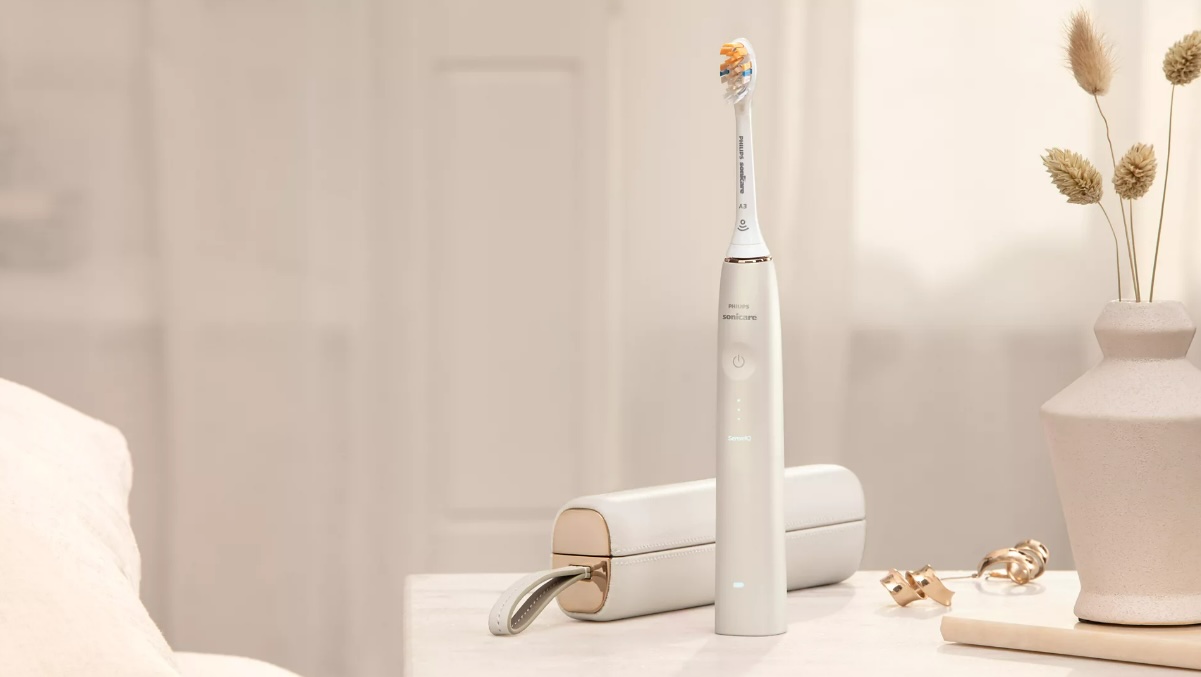
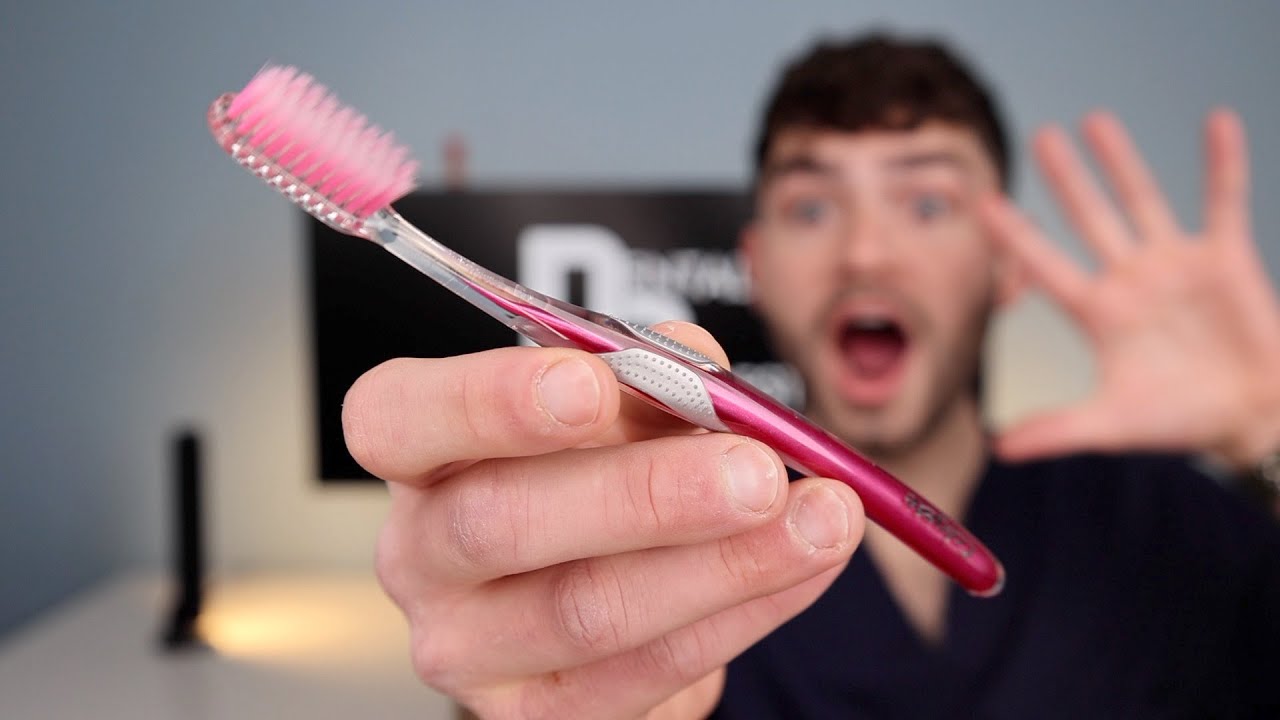
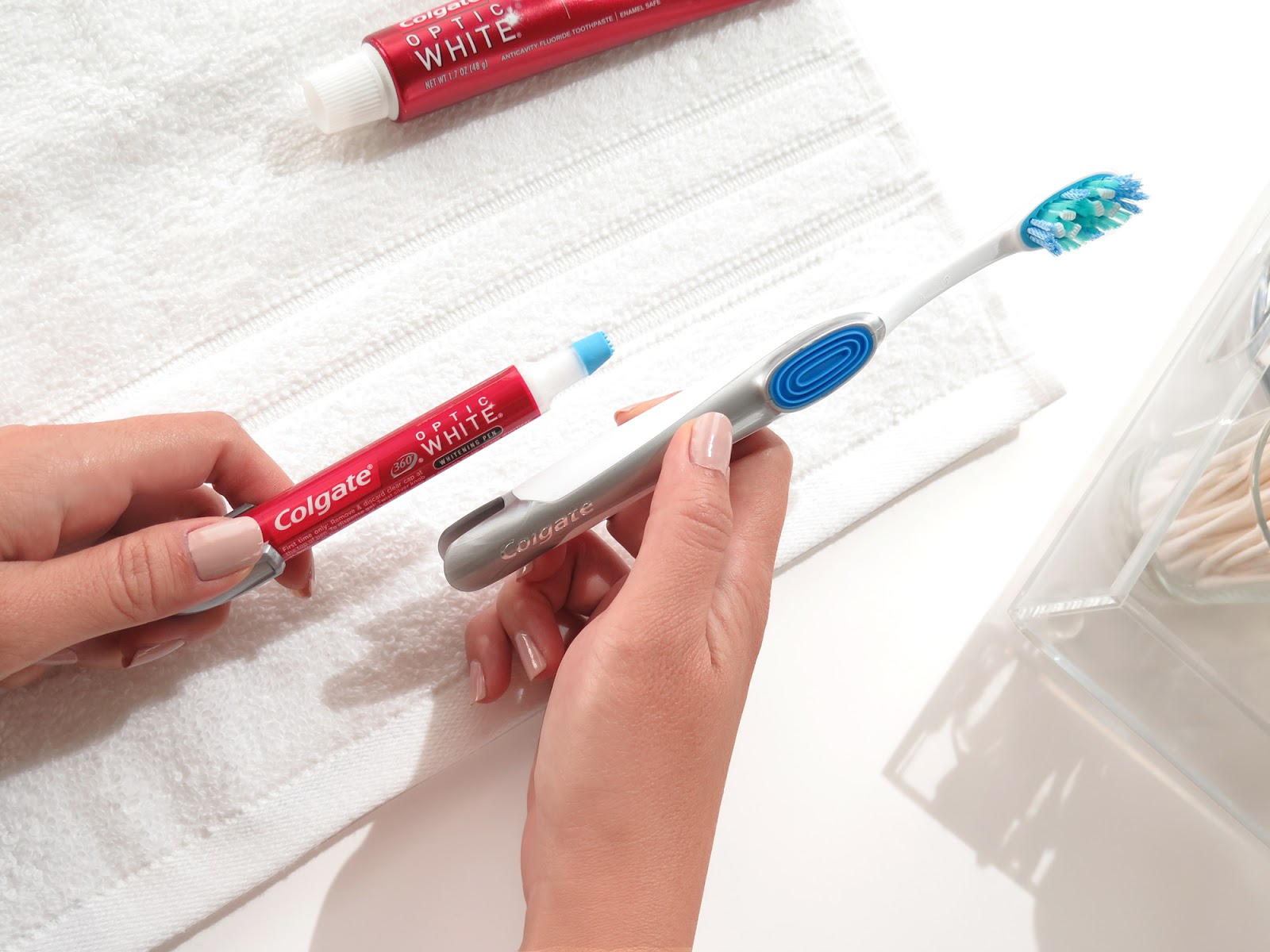
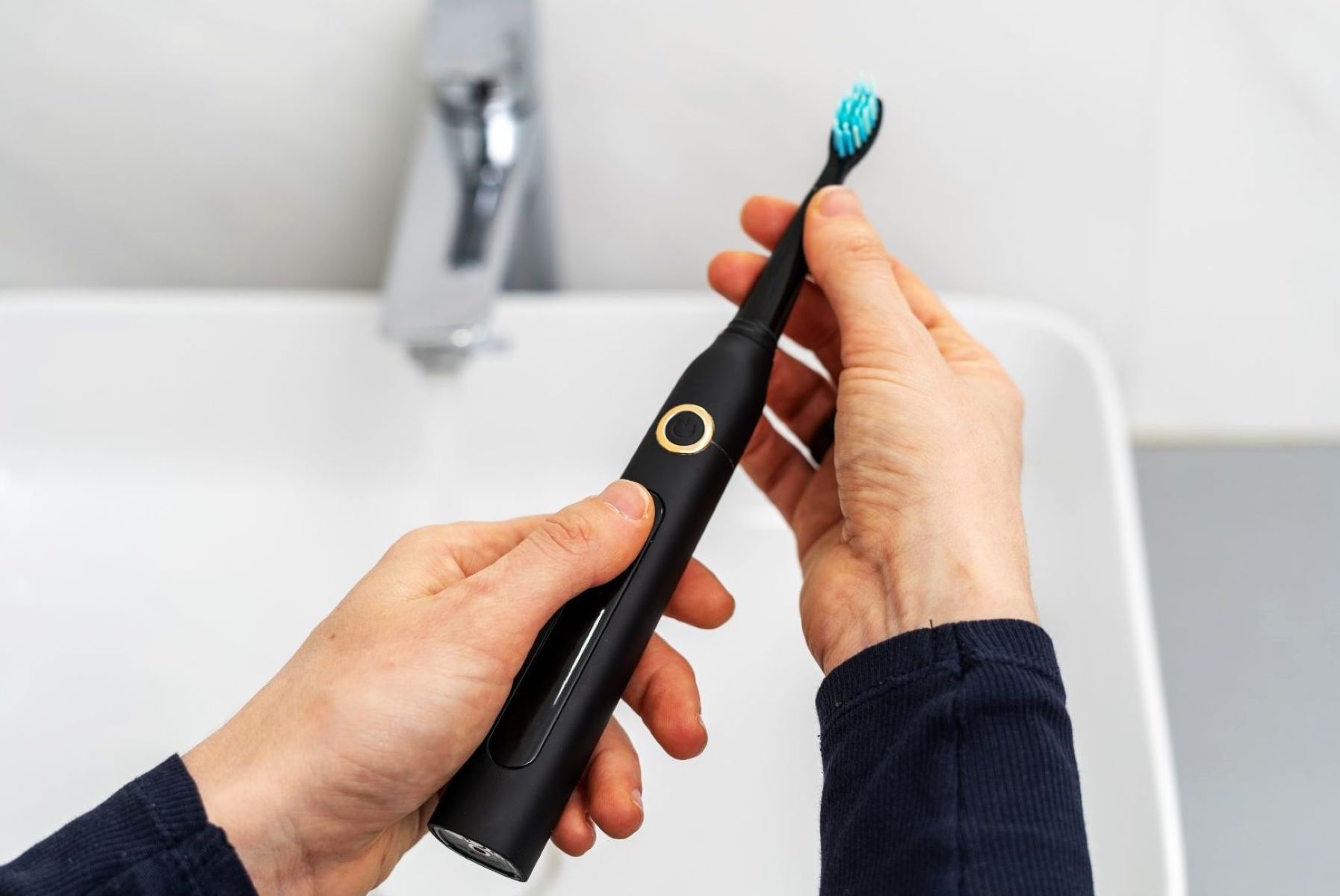

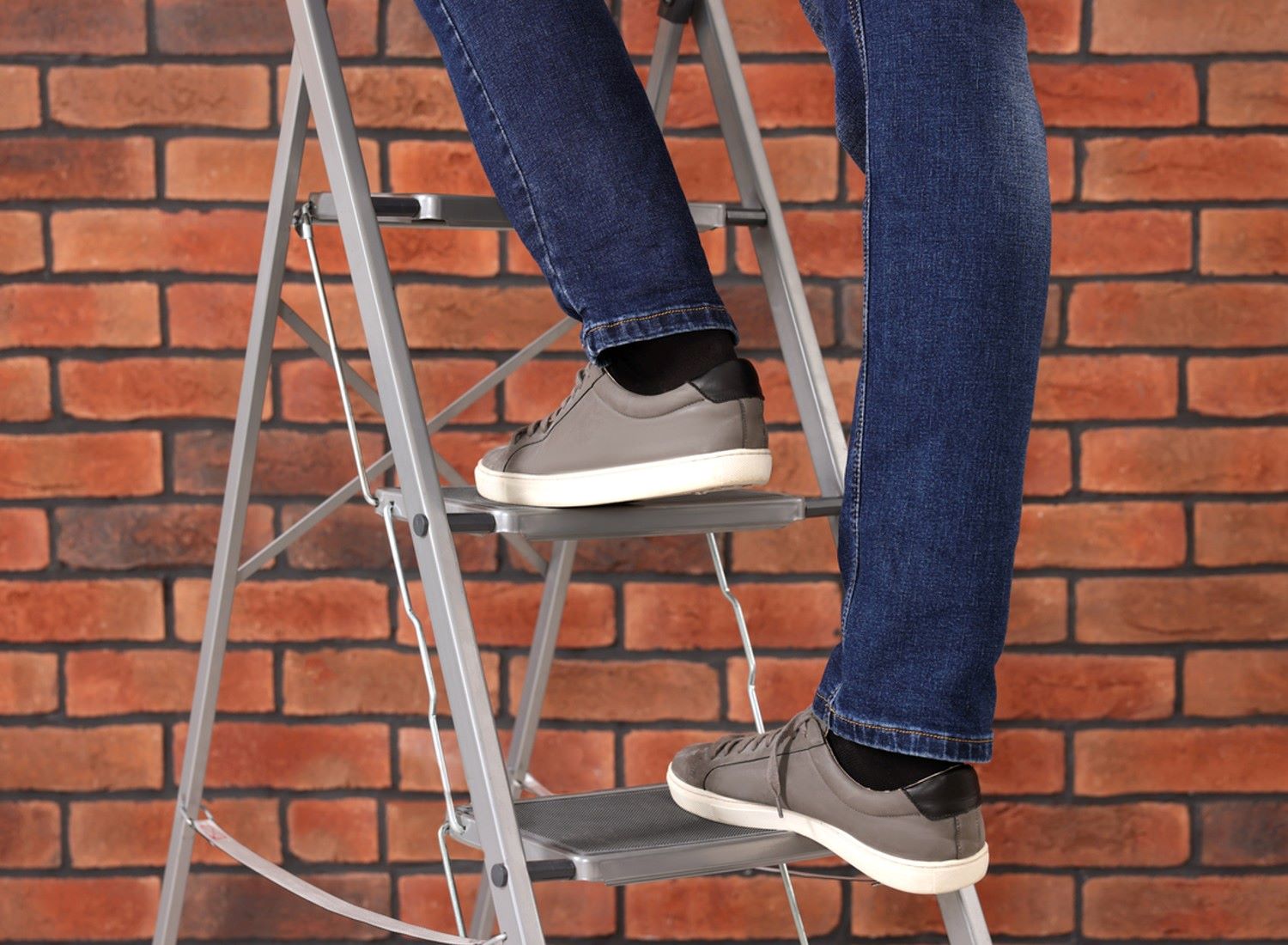
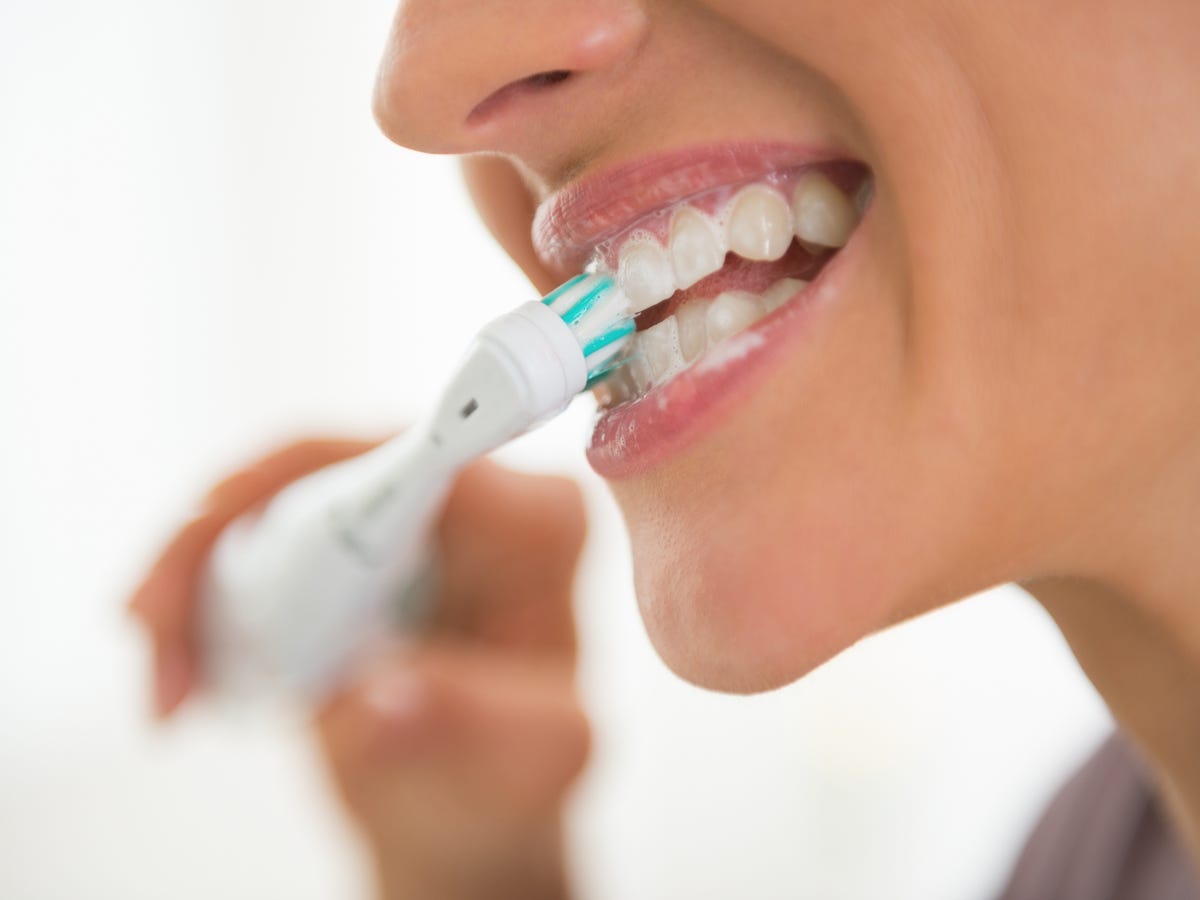
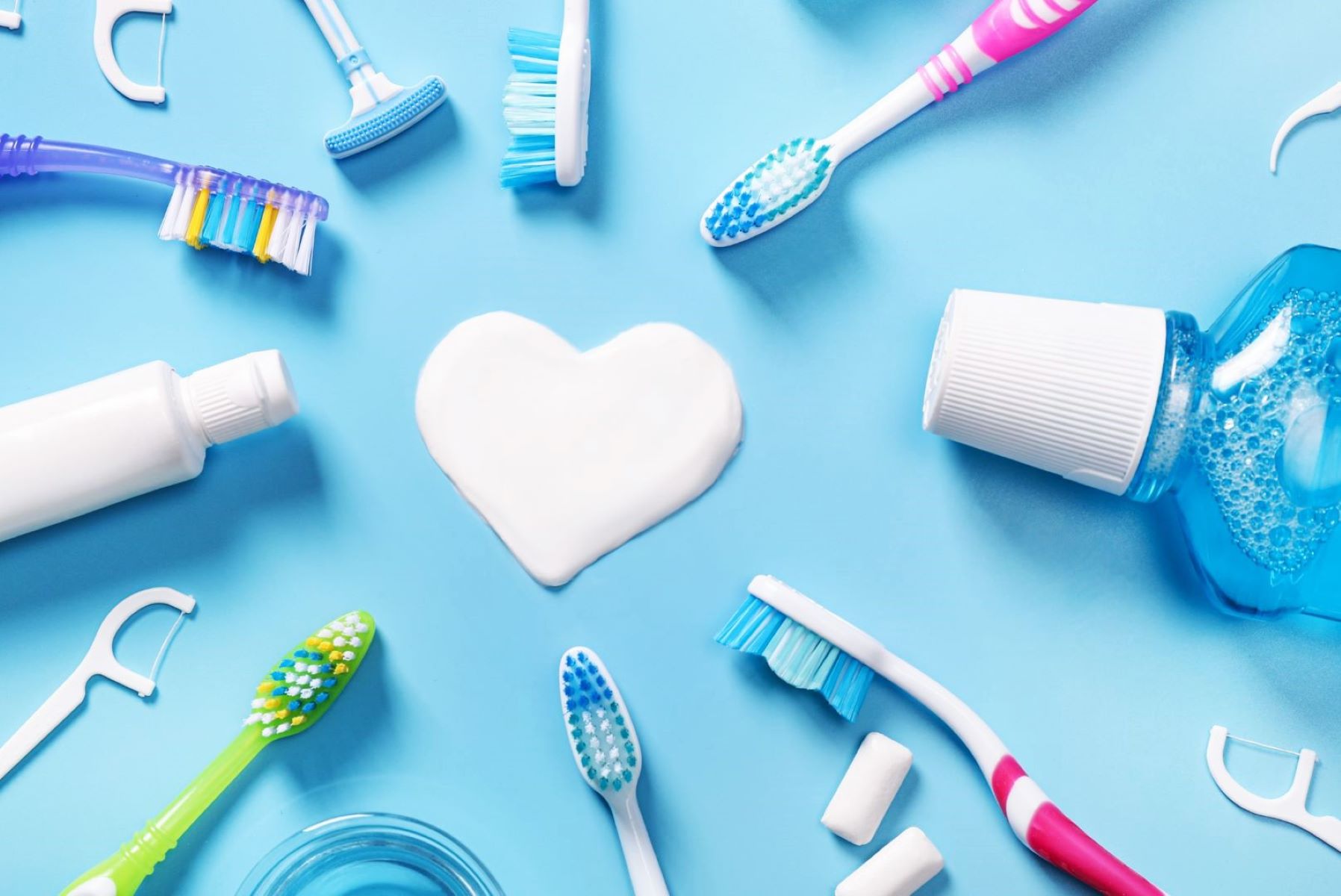

0 thoughts on “What Toothbrush Is Best For Braces”